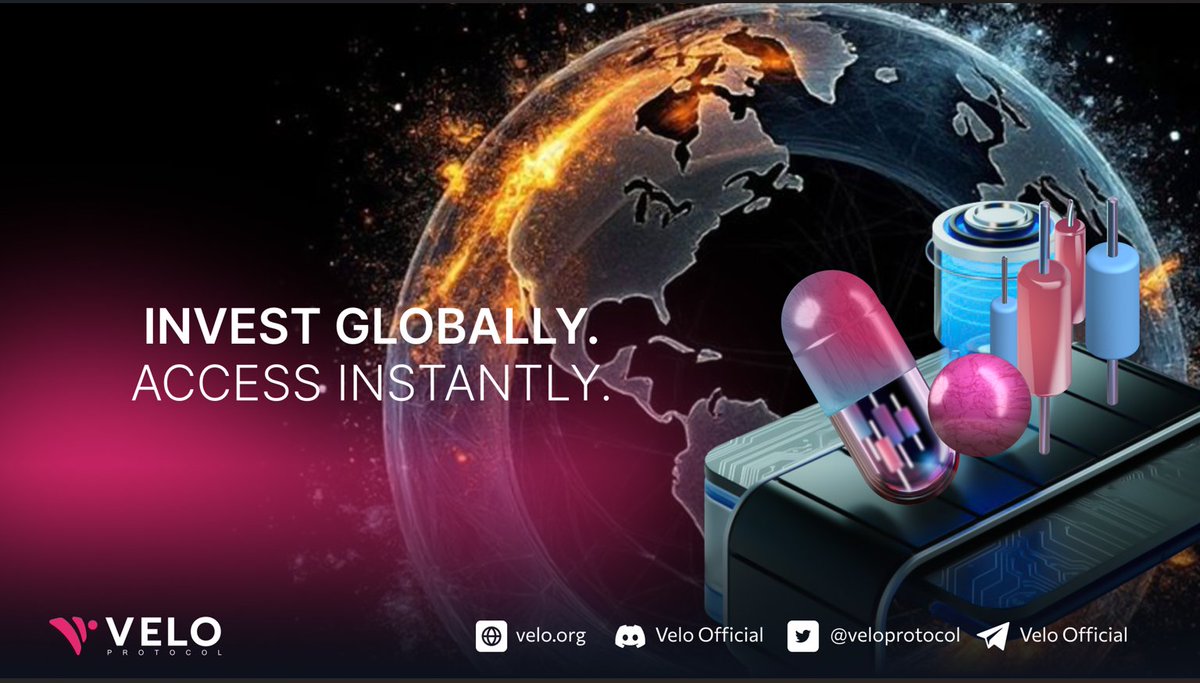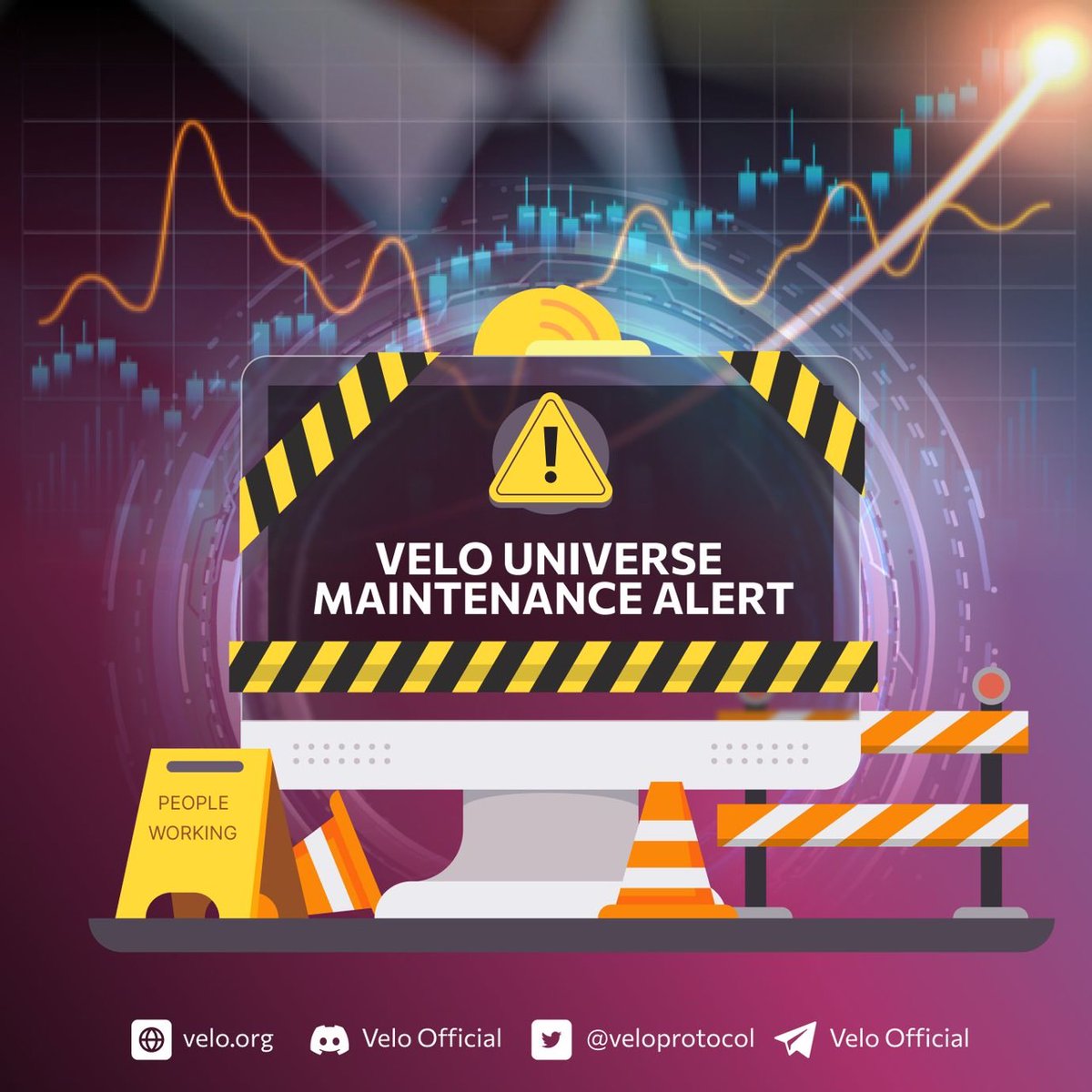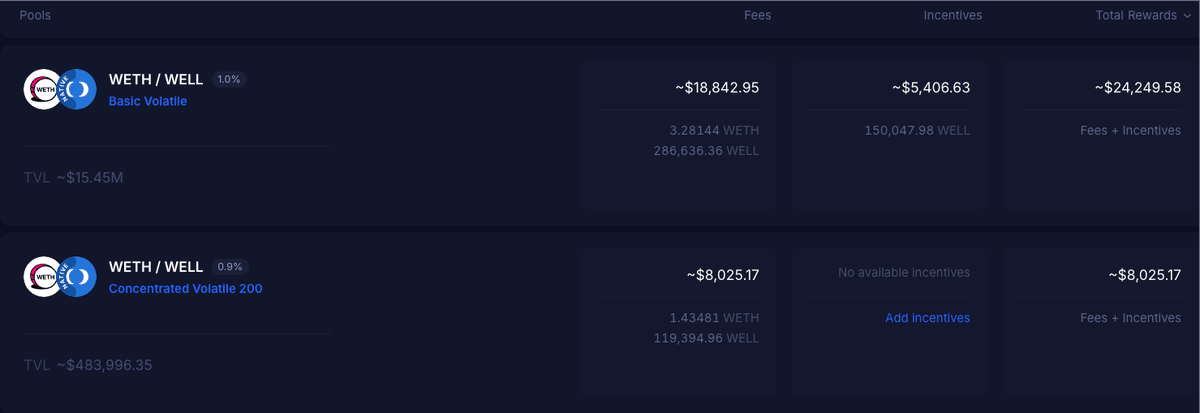
Velo price

Disclaimer
OKX does not provide investment or asset recommendations. You should carefully consider whether trading or holding digital assets is suitable for you in light of your financial condition. Please consult your legal/tax/investment professional for questions about your specific circumstances. For further details, please refer to our Terms of Use and Risk Warning. By using the third-party website ("TPW"), you accept that any use of the TPW will be subject to and governed by the terms of the TPW. Unless expressly stated in writing, OKX and its affiliates (“OKX”) are not in any way associated with the owner or operator of the TPW. You agree that OKX is not responsible or liable for any loss, damage and any other consequences arising from your use of the TPW. Please be aware that using a TPW may result in a loss or diminution of your assets. Product may not be available in all jurisdictions.
Velo market info
Market cap = Circulating supply × Last price

Velo Feed






VELO calculator


Velo price performance in USD
Popular Velo conversions
| 1 VELO to USD | $0.012621 |
| 1 VELO to EUR | €0.011307 |
| 1 VELO to PHP | ₱0.70430 |
| 1 VELO to IDR | Rp 208.16 |
| 1 VELO to GBP | £0.0095016 |
| 1 VELO to CAD | $0.017632 |
| 1 VELO to AED | AED 0.046357 |
| 1 VELO to VND | ₫327.14 |
About Velo (VELO)
- Official website
- White Paper
- Github
- Block explorer
Velo FAQ
The Velo Protocol aims to provide efficient and cost-effective financial services, bridging the gap between traditional and decentralized finance. By enabling the issuance and transfer of value-linked digital assets, it offers solutions for global financial inclusion and secure value transfer across borders.
As with any financial decision, whether or not to buy VELO tokens depends on your personal goals and risk tolerance. Before making any purchase, conducting thorough research, assessing the project's fundamentals, and considering market conditions are essential. It is advisable to consult with a financial advisor to make informed decisions based on your individual circumstances and objectives.
Easily buy VELO tokens on the OKX cryptocurrency platform. OKX’s spot trading terminal includes the VELO/USDT trading pair.
You can also swap your existing cryptocurrencies, including XRP (XRP), Cardano (ADA), Solana (SOL), and Chainlink (LINK), for VELO with zero fees and no price slippage by using OKX Convert.
Monitor crypto prices on an exchange
ESG Disclosure
VELO calculator



















Socials